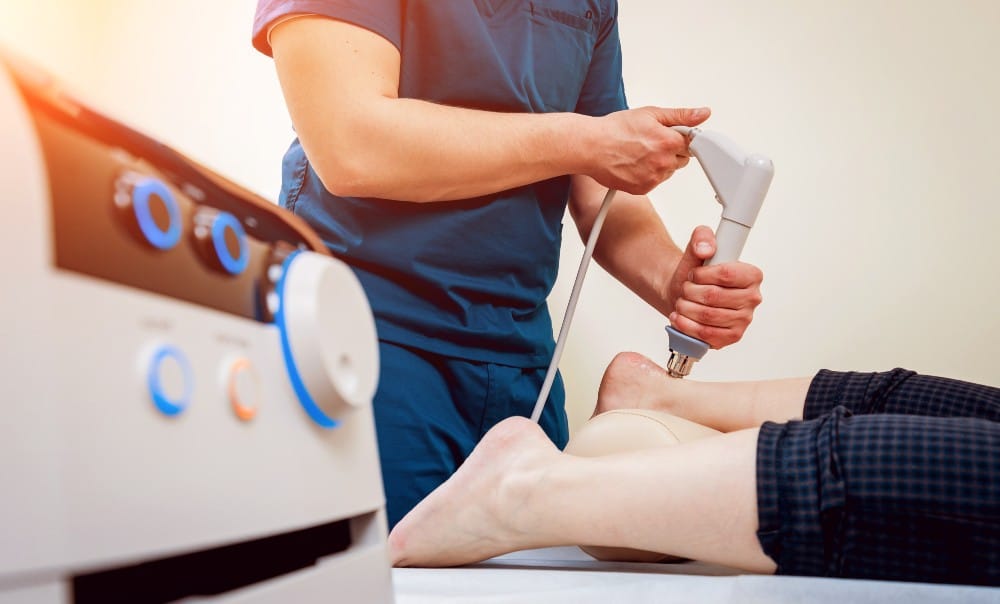Heel pain is a common issue that affects people of all ages and activity levels. It can range from mild discomfort to debilitating pain, making everyday activities challenging. Understanding the causes and symptoms of heel pain is crucial for effective treatment. Many factors contribute to heel pain, and its severity varies based on the underlying issue. Seeking professional treatment is essential for long-term relief and to prevent further complications.
Symptoms and Location of Heel Pain
Heel pain can manifest in various ways, making it essential to identify its type and location. Common sensations include sharp, stabbing pain, a persistent ache, or throbbing discomfort. The pain may localize at the base or back of the heel, and in some cases, it can spread to the arch. Recognizing these patterns can help pinpoint the cause of the pain and guide appropriate treatment.
Common Causes of Heel Pain
Heel pain often results from overuse, inflammation, or injury. Understanding the common causes can shed light on the best ways to address it.
Plantar Fasciitis
One of the most frequent causes of heel pain is plantar fasciitis, an inflammation of the plantar fascia tissue that runs along the bottom of the foot. Symptoms typically include sharp pain in the heel upon waking or after periods of rest, which can ease with movement. Risk factors include repetitive activities, aging, and high-impact sports.
Heel Spurs
Heel spurs are calcium deposits that form on the heel bone, often causing sharp morning pain or sensitivity in the area. They are frequently associated with long-term strain or repetitive impact, making them a common issue for individuals engaged in strenuous activities.
Achilles Tendinitis
Achilles tendinitis arises from inflammation of the Achilles tendon, which connects the calf muscles to the heel bone. This condition often presents as pain along the back of the heel, which worsens with movement. Overuse, inadequate warm-ups, and high-impact sports increase the risk of developing this condition.
Stress Fractures
Stress fractures are small cracks in the heel bone caused by repetitive impact or excessive strain. Symptoms include isolated heel pain and difficulty bearing weight. Athletes and individuals with improper footwear are particularly susceptible to this condition.
Bursitis
Bursitis occurs when the bursa, a fluid-filled sac near the heel, becomes inflamed. This leads to sharp heel pain, redness, and swelling. It often results from repetitive motion or underlying arthritis.

Prevention Tips for Heel Pain
Preventing heel pain involves making mindful choices about foot health and daily habits. Wearing supportive footwear with adequate cushioning and arch support is essential. Maintaining a healthy weight reduces strain on the feet, while warm-up routines and stretching exercises help prevent injuries. Taking these steps can significantly lower the risk of developing heel pain.
Effective Treatments for Heel Pain
Various treatments are available to address heel pain effectively, tailored to the specific cause.
MLS Laser Therapy
MLS Laser Therapy is a non-invasive option that reduces inflammation and pain. It is particularly effective for conditions like plantar fasciitis, Achilles tendinitis, and sports-related injuries.
Custom Orthotics
Custom orthotics provide personalized structural support, helping to reduce impact and alleviate discomfort. They are designed to address individual needs and improve foot mechanics.
Regenerative Medicine
Regenerative medicine options, such as Platelet-Rich Plasma (PRP) and amniotic stem cell therapy, offer natural pain relief and promote healing by reducing inflammation. These treatments are ideal for long-term recovery and managing chronic conditions.
Step into Comfort: Contact Us for Expert Heel Pain Relief
If you’re struggling with heel pain, seeking a professional diagnosis and personalized treatment plan is essential. At Advanced Ankle & Foot, our experienced podiatrists specialize in providing comprehensive care tailored to your needs. Contact us today to schedule a consultation. Visit our appointment page or call us at (480) 962-4281 to learn more about our services.
